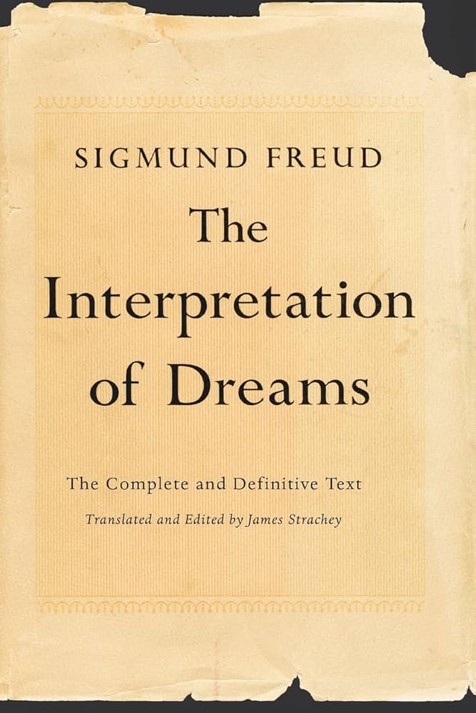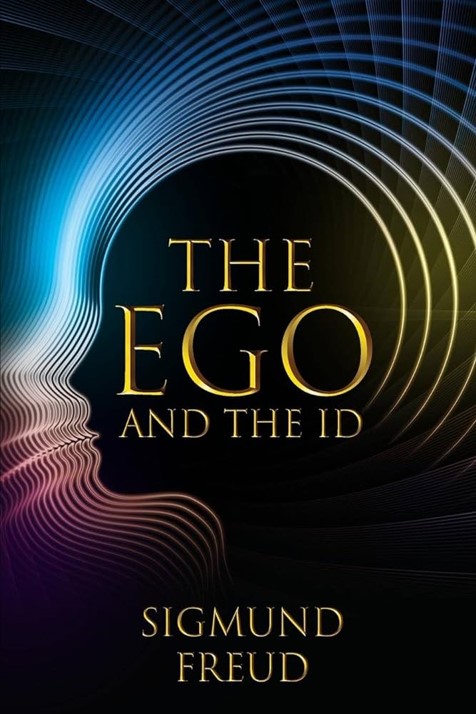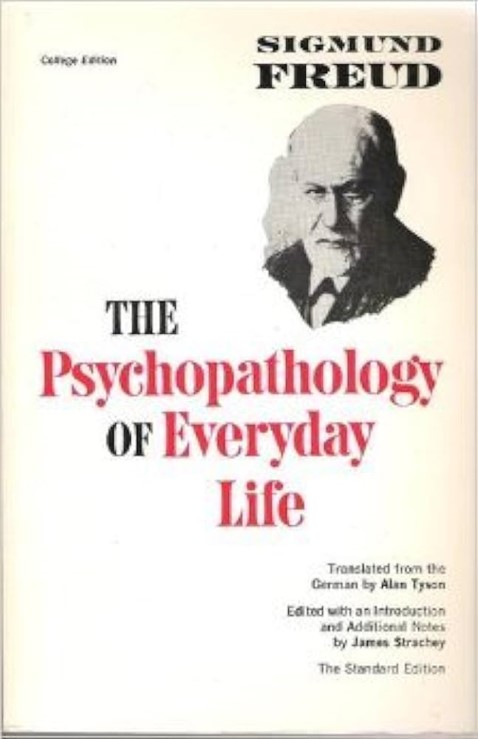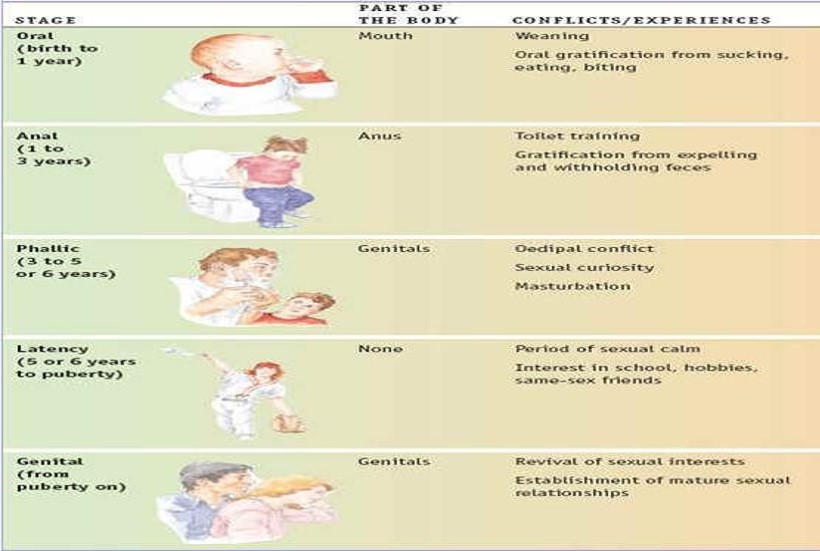- Born: 6 May 1856, Freiberg of Czechoslovakia.
- Died: 23 September 1939, Hampstead, London, United Kingdom
- Sigmund Freud was an Austrian neurologist and the founder of psychoanalysis.
- He qualified as a doctor of medicine in 1881 at the University of Vienna.
- There he went through many services but continued his study on anatomy of a brain. He became very proficient.
- Freud wrote a number of works on the disease of nervous system.
- He worked in the fiends Neurology , psychotherapy, psychoanalysis.
- Sigmund Freud believe that sometimes there is not just physical cause of the disease but it has some sort of psychological reason which is not focused upon in that era.
Books written by Sigmund Freud
- Freud’s book “ the interpretation of dreams”, which he wrote during 1890, was a most important contribution to the science of psychology.
- The Psychopathology of everyday life- 1901
- In which he describes the idea of Freudian slip and about forgetfulness.
- Three essays on the theory of sexuality- 1905
- The ego and the Id- 1923 in which he introduce the concept of id, ego and superego.




Development of Psychoanalysis
- In October 1885, Freud went to Paris on a fellowship to study with Jean- Martin Charcot, a renowned neurologist, researcher of Hypnosis which specialised in the study of Hysteria.
- In 1885 – He was attracted by the hypnotic theory and treatment of hysteria and others functional disorders.
- Freud lived and worked in Vienna having set up his clinical practice there in 1886.
- During the first few years of his private practice Freud relied on hypnotism and electrotherapy, but soon realized that the latter failed to benefit the patient and that the whole idea of electric treatment for functional nervous disease was fantastic.
- Initially Freud treated mostly hysteria patients (conversion disorders).
- STUDIES ON HYSTERIA was a book published in 1895 by Sigmund Freud and Josef Breuer.
- Breuer’s Anna O (real name: Bertha Pappenheim), which introduced the technique of psychoanalysis as a form of cure.
- Freud himself credits the birth of psychoanalysis to Josef Breuer and his work with Bertha Pappenheim. After experimenting with hypnosis on his neurotic patients, Freud abandoned it as ineffective.
- He had some good results however from hypnotic therapy but he soon found that not every patient could be hypnotised and that even those who could be, did not remain permanently cured.
- Very soon thereafter he gradually gave up hypnotism and developed what he called psychoanalysis.
- Instead adopted a form of treatment where the patient talked through his or her problems. This came to be known as the “Talking cure”.
- Goal was to locate and release powerful emotional energy that had initially been rejected or imprisoned in the unconscious mind.
- The term “Talking cure” was initially coined by a patient, Anna O, who was treated by Freud’s colleague Josef Breuer.
- The “Talking cure” is widely seen as the basis of Psychoanalysis.
Concept of Id, Ego and Superego
- Freud believed that the human mind was composed of the three elements: Id, Ego and Superego.
- The Id, Ego and Superego are the names for the 3 parts of human personality which are the parts of Sigmund Freud’s psychoanalytic personality theory.
- According to Freud, these 3 parts combine to create the complex behavior of human beings

ID: Meeting basic needs
- I want it, and I want it now.
- The Id acts according to the “pleasure principles”
- Most basic part of the personality and wants instant gratification for our wants and need.
- If these needs are not met, a person becomes tense or anxious.
- Eg: A hungry baby cried until he was fed
EGO: Dealing with Reality
- What I can do
- Acts according to the reality principles.
- The ego deals with reality, trying to meet the desires of the id in a way that is socially acceptable in the world.
- Example: Mary really wanted to borrow her mom’s necklace, but knew her mom would be angry if she took it without asking, so she asked her mom if she could wear it.
SUPEREGO: Adding morals
- What I should do.
- The superego develops last and is based on morals and judgements about right and wrong.
- Even though the superego and ego may reach the same decision about something is based more on what others will think or what the consequences of an action could be.
- Eg: Sarah knew she could steal the supplies from work and no one would know about it. However, she knew that stealing was wrong, so she decided not to take anything even though she would probably never get caught.
Levels of awareness
- Sigmund Freud divided human consciousness into three levels of awareness: the conscious, preconscious, and unconscious.
- Each of these levels corresponds to and overlaps with Freud’s ideas of the id, ego, and superego
- The consciouslevel consists of all those things we are aware of, including things that we know about ourselves and our surroundings.
- The preconsciousconsists of those things we could pay conscious attention to if we so desired, and where many memories are stored for easy retrieval. Freud saw the preconscious as those thoughts that are unconscious at the particular moment in question, but that are not repressed and are therefore available for recall and easily capable of becoming conscious (e.g., the “tip of the tongue” effect).
- The unconsciousconsists of those things that are outside of conscious awareness, including many memories, thoughts, and urges of which we are not aware. Much of what is stored in the unconscious is thought to be unpleasant or conflicting; for example, sexual impulses that are deemed “unacceptable.” While these elements are stored out of our awareness, they are nevertheless thought to influence our behavior.
Freud’s stages of Psychosexual development
- Proposed by the famous psychoanalyst Sigmund Freud, the theory of psychosexual development describes how personality develops during childhood.


